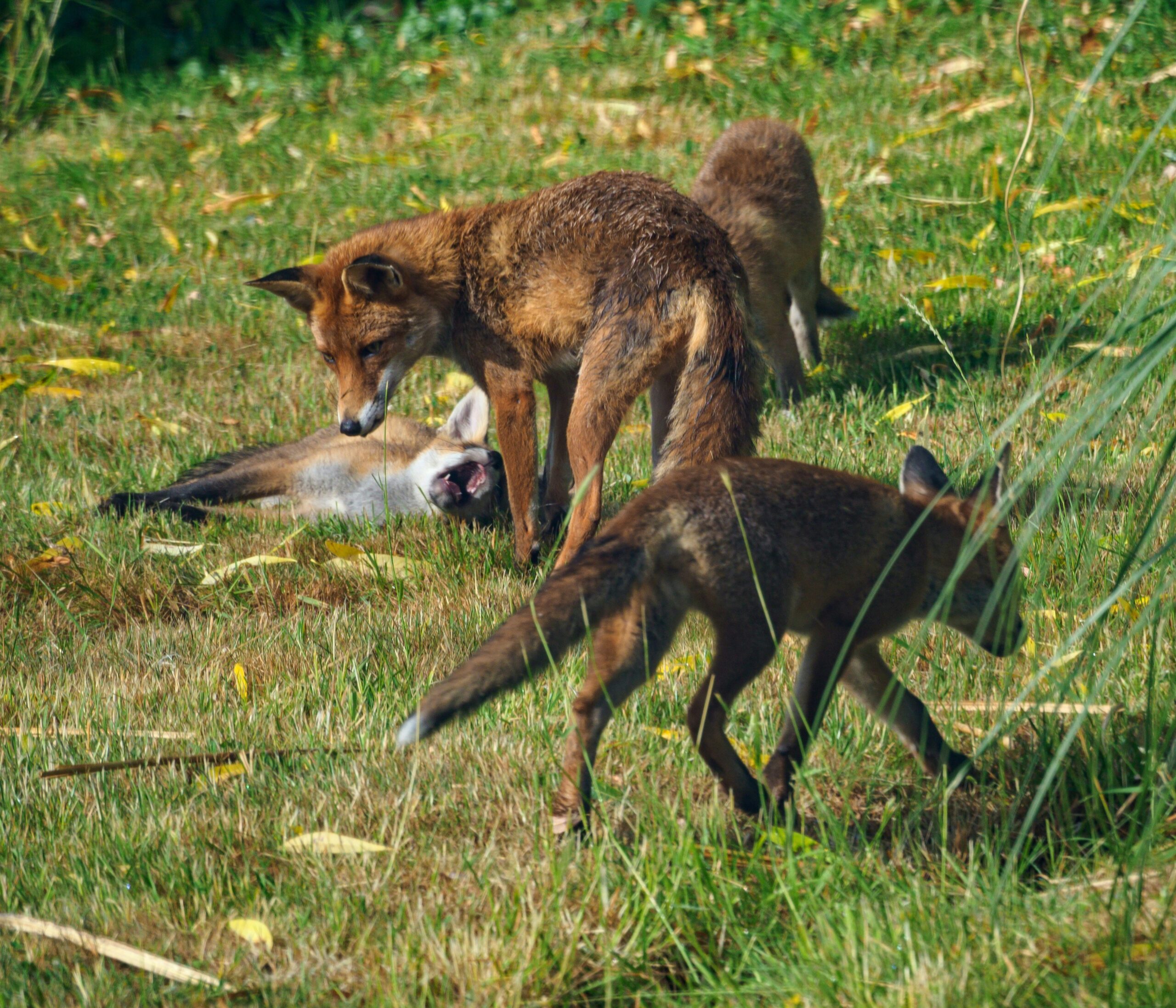“Ever stared at your hunting dog’s kibble and wondered if it’s secretly sabotaging their stamina on the field? You’re not alone.”
If your four-legged athlete is running on the same boring bag of food all year, you might be missing out on peak performance. Dogs, like humans, thrive on varied diets that match the changing seasons. In this post, we’ll uncover why seasonal recipe options matter for hunting dogs, how to craft them, and what pitfalls to avoid. By the end, you’ll have actionable tips, a rant about misleading labels, and maybe even a dog-approved snack idea or two.
Table of Contents
- Why Seasonal Recipe Options Are Game-Changers
- How to Craft Seasonal Diets for Hunting Dogs
- Best Practices for Feeding Your Hunting Dog
- Real-World Examples of Seasonal Diets
- FAQs About Seasonal Recipe Options
Key Takeaways
- Seasonal recipes align with your dog’s energy needs during different hunting seasons.
- Fresh, locally sourced ingredients can support joint health, coat shine, and endurance.
- DIY meals must be balanced—consult your vet before making drastic dietary changes.
- Avoid processed snacks marketed as “seasonal” without checking the ingredient list.
Why Seasonal Recipe Options Are Game-Changers
When was the last time you gave your hunting dog a meal that actually matched their workload? Picture this: It’s pheasant season, and your retriever needs explosive bursts of energy. But instead, they’re chomping down on a bland winter blend meant for lazy evenings by the fire. Oops.
According to research, nutrient timing isn’t just for athletes—it applies to our high-performance pups too. Spring hunts may demand lighter proteins like chicken or fish, while fall calls for dense carbs (think sweet potatoes) to fuel long treks through chilly woods. Plus, seasonal eating taps into fresher ingredients, reducing preservatives that could weigh down digestion.

Grumpy Optimist Dialogue:
Optimist You: “This sounds amazing! My dog will feel like an Olympian!”
Grumpy You: “Sure, but only after I figure out how to chop squash without losing a finger.”
How to Craft Seasonal Diets for Hunting Dogs
Ready to become your dog’s personal chef? Here’s your step-by-step guide:
Step 1: Assess Energy Needs
Spring squirrels vs. autumn ducks require vastly different caloric input. Consult a vet or canine nutritionist to tailor portions and macros.
Step 2: Shop Local & Fresh
Hit up your farmers’ market for seasonal goodies. Berries in summer? Yes, please. Pumpkins in fall? Perfect for fiber-rich treats.
Step 3: Balance Macronutrients
Aim for a mix of lean protein (turkey, venison), complex carbs (quinoa, oats), and healthy fats (coconut oil, salmon).
Image Suggestion:

Best Practices for Feeding Your Hunting Dog
- Rotate Proteins: Switch between turkey, beef, and fish to prevent allergies and boredom.
- Add Supplements Wisely: Glucosamine for joints, omega-3s for coats—but always under veterinary supervision.
- Avoid Toxic Ingredients: Grapes, onions, garlic—they’re delicious but deadly for dogs.
Terrible Tip Disclaimer:
“Feed table scraps whenever possible.” Ugh, no. Stick to wholesome, formulated diets unless you want a vet bill higher than your mortgage.
Rant Section:
Why do companies slap buzzwords like “seasonal” on bags full of corn syrup and mystery meats? Stop falling for shiny packaging when your dog deserves real nourishment. End rant.
Real-World Examples of Seasonal Diets
Meet Max, a Labrador who went from panting mid-hunt to outrunning his owner thanks to custom meals. His spring diet included boiled chicken, peas, and blueberries—a powerhouse combo for agility and hydration.
In contrast, Bella, a Brittany Spaniel, thrived on hearty lamb stew with carrots and parsley come winter. The switch helped her maintain muscle mass despite freezing temps.
Image Suggestion:

FAQs About Seasonal Recipe Options
Q: Can I skip commercial food entirely and make all meals at home?
A: Technically yes, but consult a pro first. Homemade meals often lack essential nutrients like taurine.
Q: How often should I rotate my dog’s diet?
A: Gradual transitions every few months work best to avoid upset stomachs.
Q: Is seasonal food more expensive?
A: Not necessarily! Buying local and using seasonal produce can cut costs compared to premium kibble.
Conclusion
Giving your hunting dog seasonal recipe options isn’t just about tasty treats; it’s about unlocking their full potential on the field. With fresh, thoughtful ingredients tailored to each season, you’re setting them up for success—and hey, maybe fewer vet visits along the way.
So go ahead, grab that apron (or don’t—no judgment here). And remember: Like a Tamagotchi, your SEO needs daily care… wait, wrong metaphor. Your DOG’S DIET needs attention year-round!
Haiku for good luck:
Furry friends thrive best
On foods made fresh, seasonal—
Bark louder, live longer!


